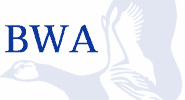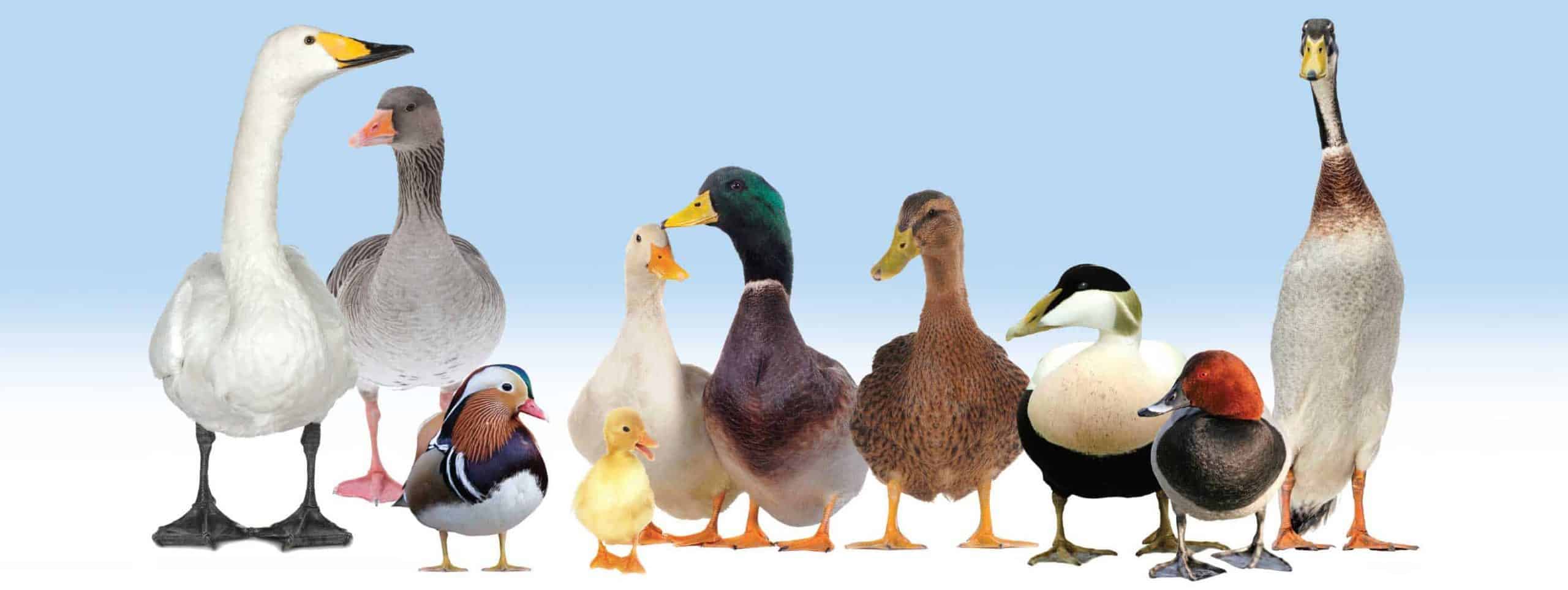No messing
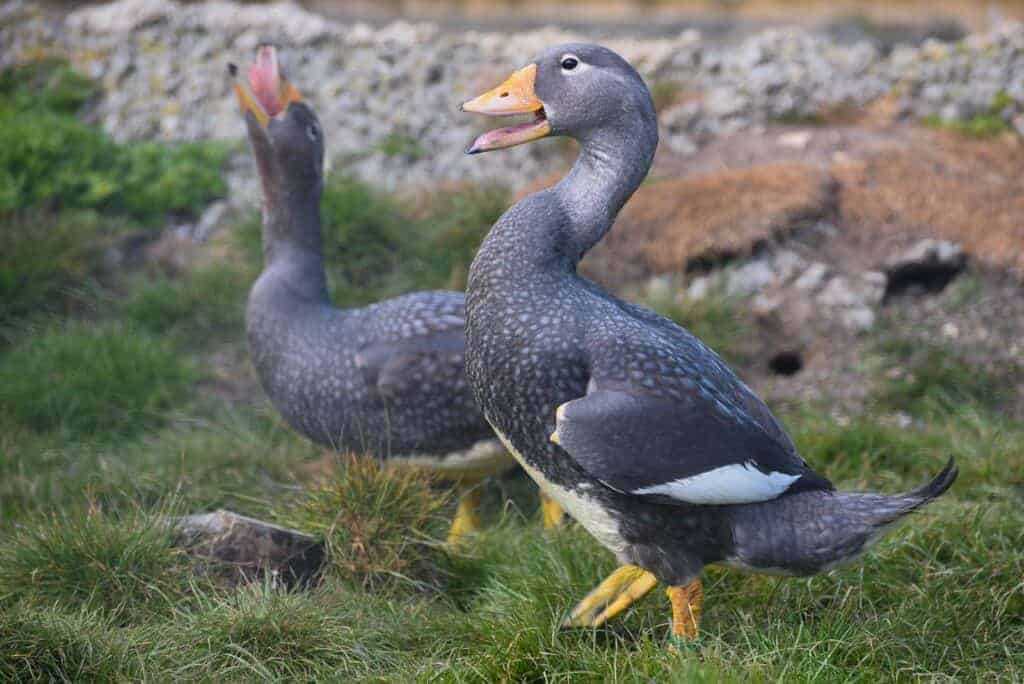
The sharp, horn-covered bony projection on the wrist joint of some waterfowl is known as the Carpal spur. It is there for fighting! The Magellanic Steamerduck (Tachyeres pternes) and the Falkland Steamerduck (Tachyeres brachypterus) overlap in terms of range, but utilise a slightly different habitat. Probably just as well really, both are capable of fighting […]
Plump and pleasing
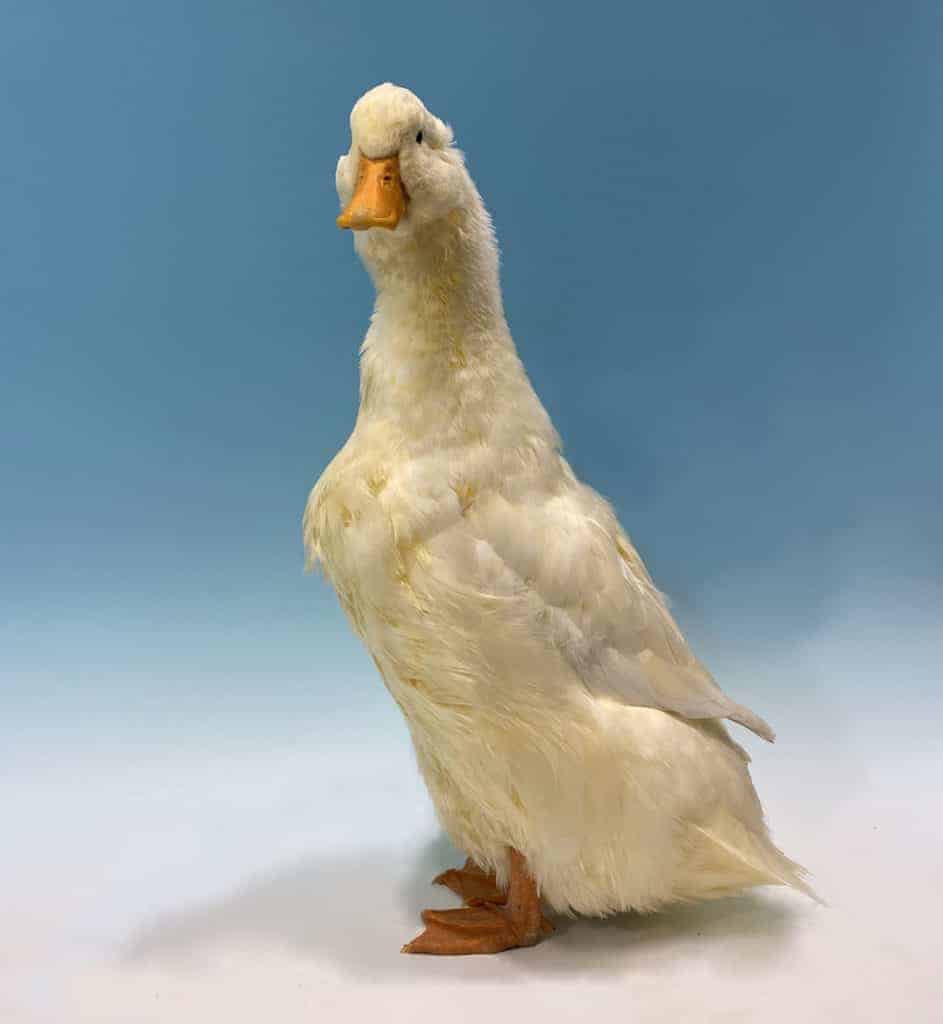
One of our most popular show classes is the heavy Pekin Duck. We regularly attract a large number of entries and hope to see some of these great birds at our Champion Waterfowl Exhibition on Sunday 7th November. This painting by wildlife artist Carl Donner, from the Millennium Edition of British Waterfowl Standards, is […]
Non-native species
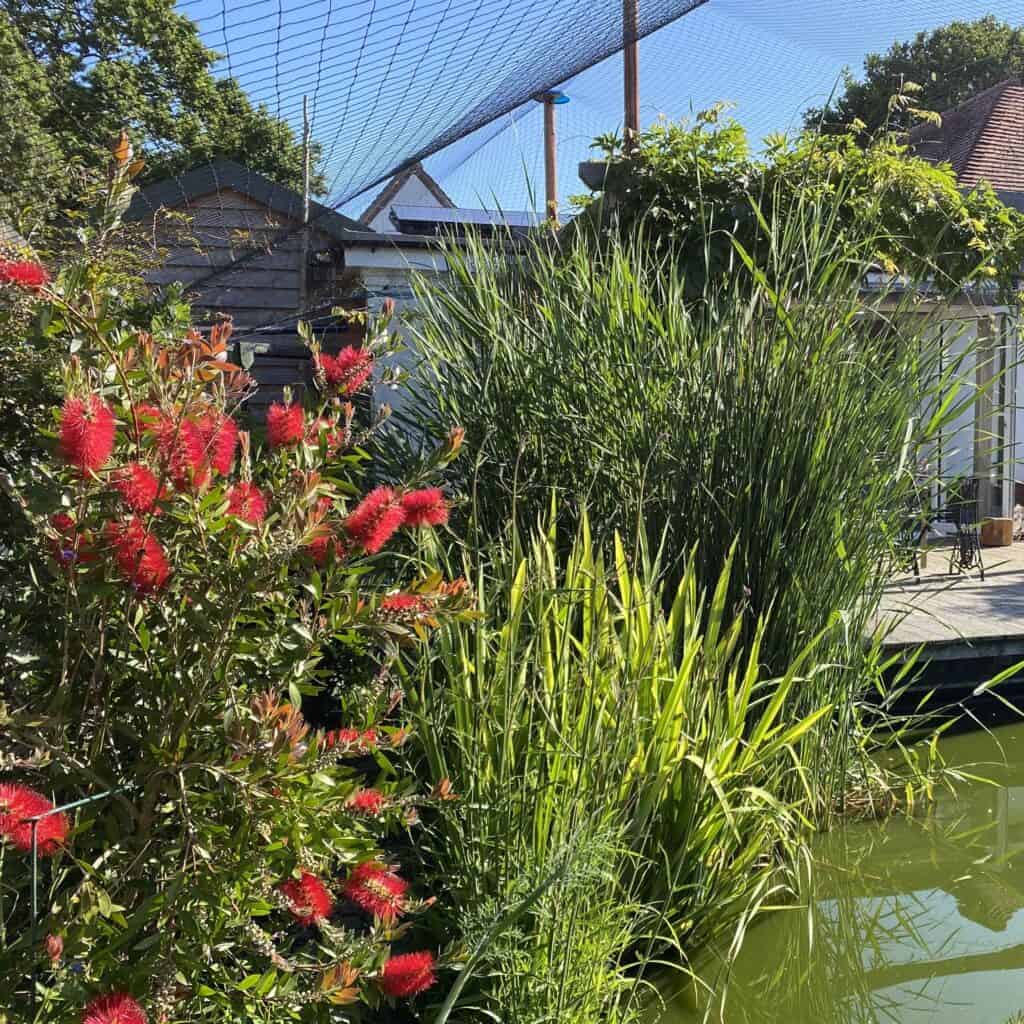
A number of members asked us about an email they have received recently from Animal and Plant Health Agency (APHA). Past member of the BWA, Jason Finney, works for the GB Non-Native Species Secretariat and is in the second year of a scoping exercise looking at a wide range of sectors to assess the risk […]
Wild or just escaped?
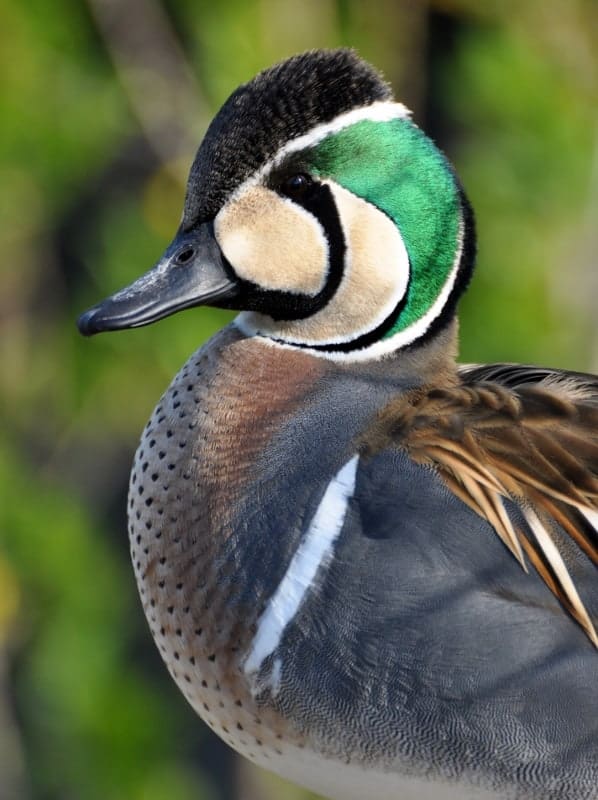
The stunning Baikal Teal (Sibirionetta formosa) is a firm favourite for many, but it’s only a generation or 2 since it was considered difficult to breed and so commanded a high price. The rare occurrence of a wild visitor to the UK was often viewed with suspicion. In 1956, Jean Delacour considered that all European […]
Wetlands International launches new Waterbird Population Portal
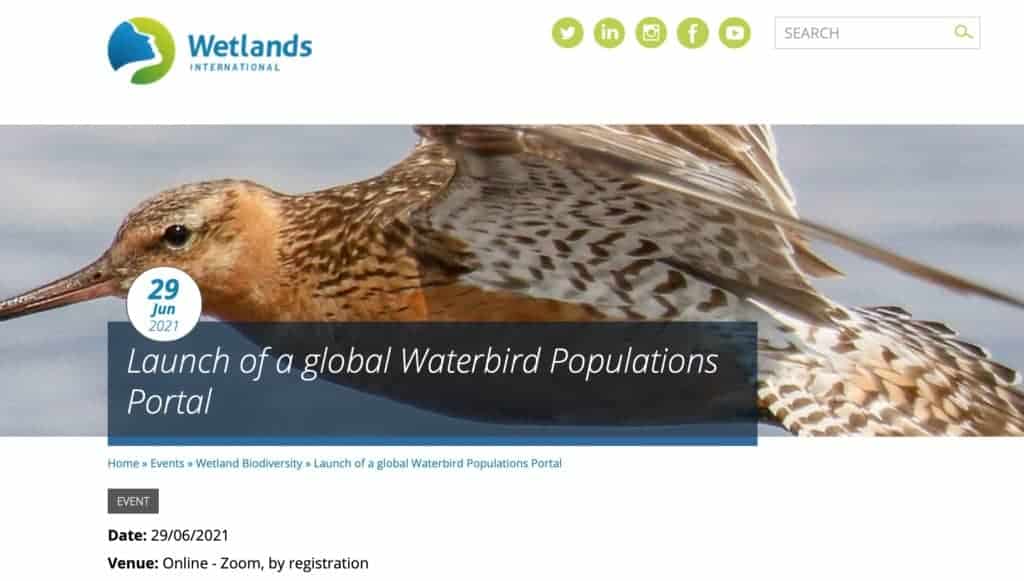
The Waterbird Populations Portal (WPP) launches on 29th June. WPP is an online interactive platform that will make available the most recent data on the status and distribution of the world’s waterbird populations. It will provide the latest size estimates and trends of over 2500 populations of over 870 waterbird species and present the latest 1% […]
Emerald Green
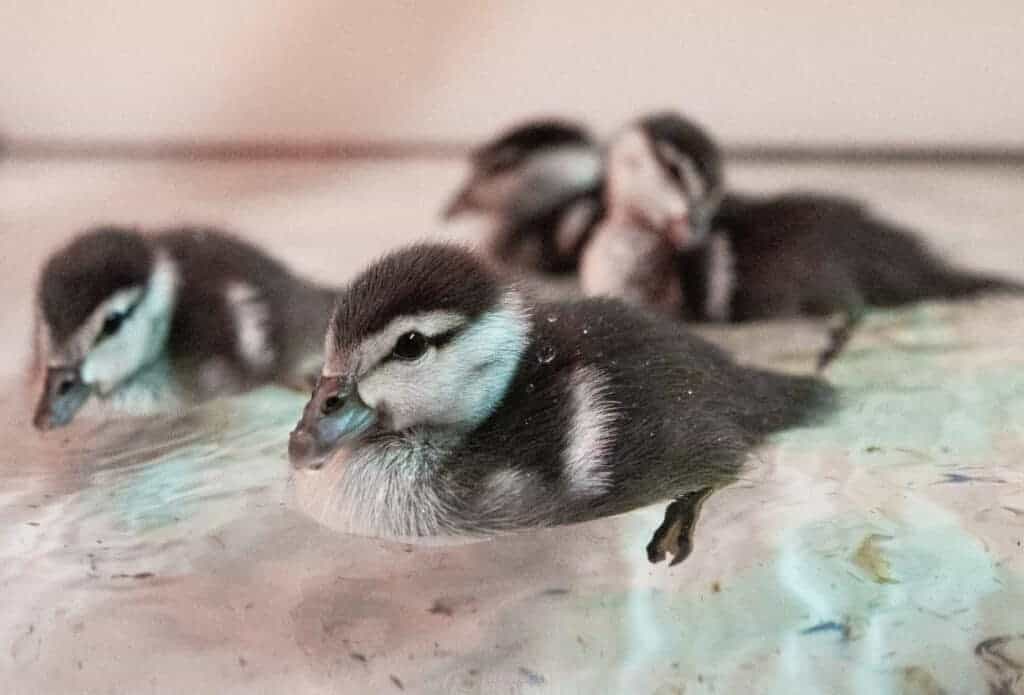
The Green Pygmy Goose (Nettapus pulchellus) is a little jewel found exclusively in Northern Australia and southern New Guinea. It’s an extremely rare bird in captivity, but the wild population is not considered to be at risk. The tiny numbers in aviculture have challenged the very best: drakes from 2 pairs some years ago died […]
Dr Paul Johnsgard RIP
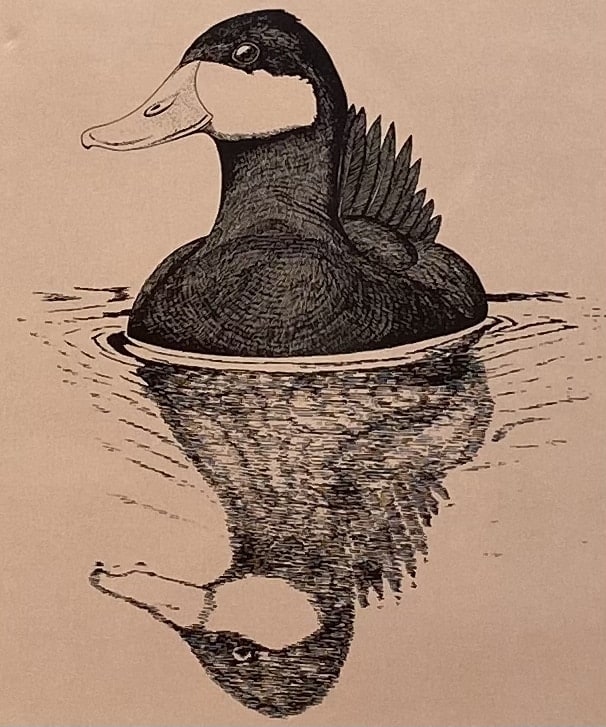
We are sad to report the passing of Dr Paul Johnsgard – renowned author of more than 30 books. Foundation Professor of Biological Sciences at the University of Nebraska-Lincoln, Dr Johnsgard received his doctorate from Cornell University. Individuals and ornithological organisations alike recognise him for for his contributions to knowledge of natural history and conservation. […]
Big and beautiful
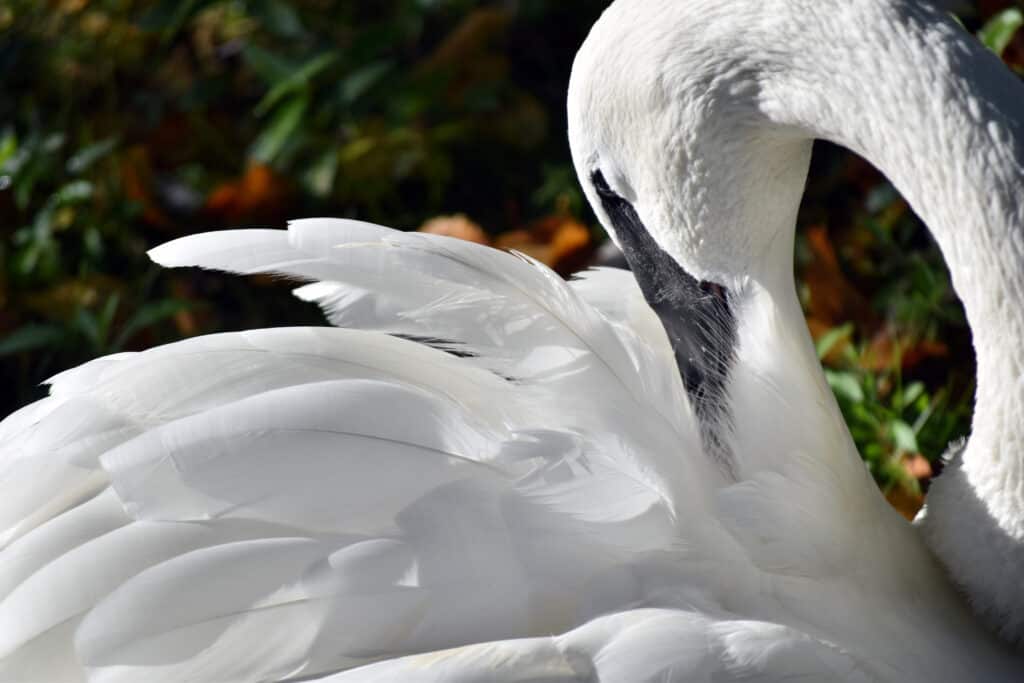
The Western Boreal Forest in Canada and the United States is the largest intact forest remaining on our planet. Fitting that one of the largest flying birds — the Trumpeter Swan Cygnus buccinator, calls it home. Hunted and persecuted by European settlers to North America, they were nearly lost at the turn of the 20th […]
Dreaming of Redheads?
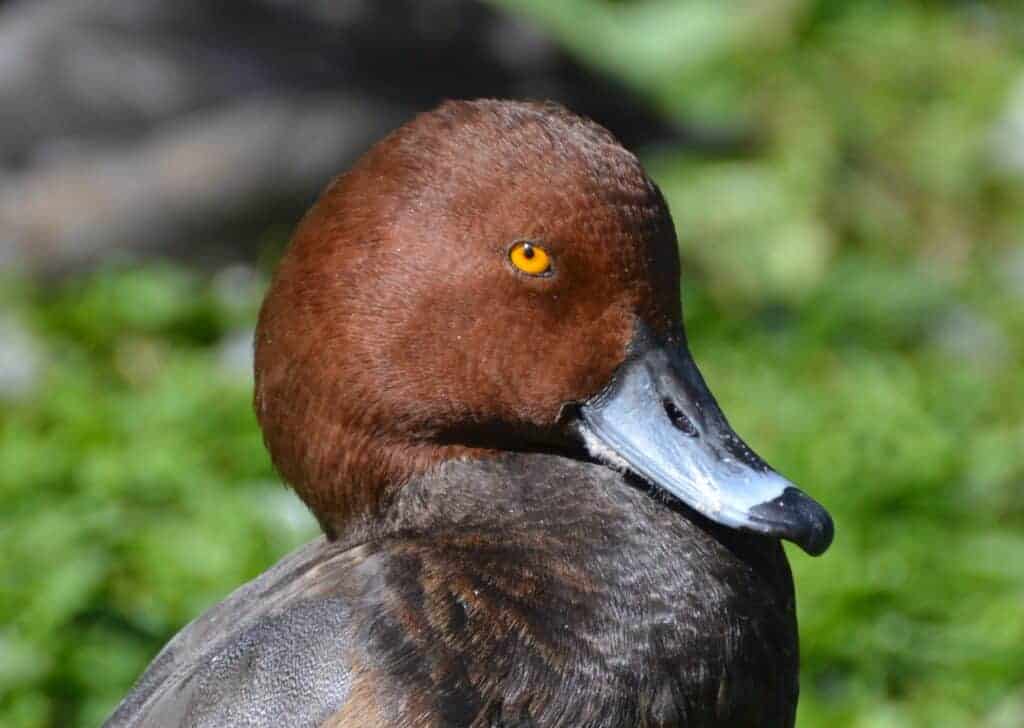
The North American counterpart of our Common Pochard Aythya ferina, the Redhead A. americana breeds across the Prairie Pothole Region. It winters predominately in coastal areas along the Gulf of Mexico. Vagrants occasionally reach Europe. The Prairie Pothole Region is an area of the northern Great Plains and midgrass and tallgrass prairies that contains thousands […]
Heritage Breeds
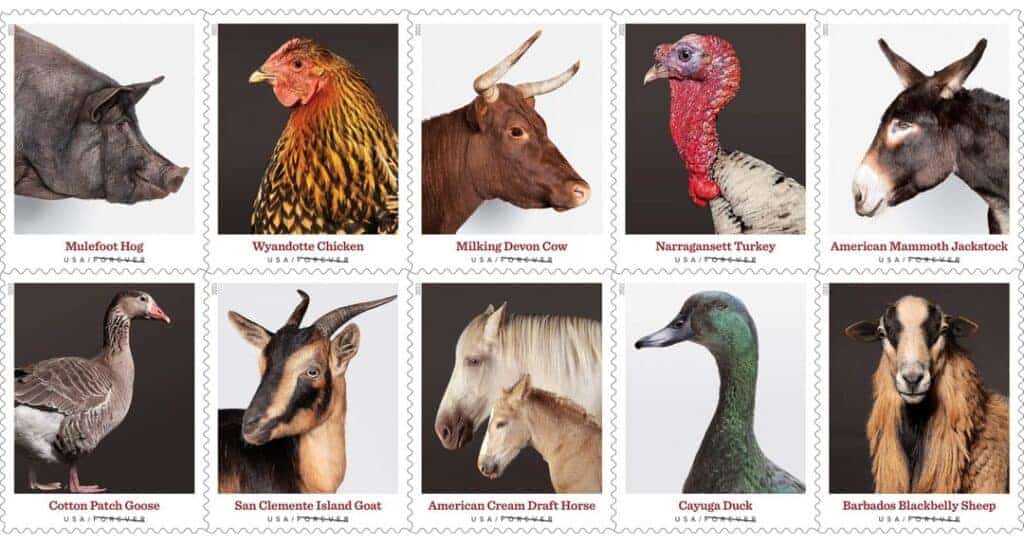
This is International Heritage Breeds Week. 16-22nd May; aiming to to raise global awareness about endangered heritage breeds of farm animals. Many of our traditional livestock and poultry breeds have been replaced with more ‘improved’ breeds in modern animal agriculture, at the expense of a massive loss in genetic diversity. Worldwide, about one domesticated livestock […]
